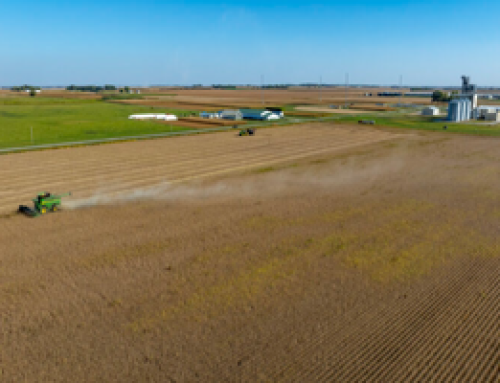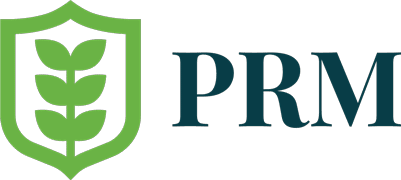Source: United Soybean Board news release
ST. LOUIS — Stretching from Nebraska to North Carolina and Michigan to Mississippi, 10 U.S. farmers who have started careers in production agriculture recently journeyed to Honduras and Guatemala. As part of United Soybean Board’s See for Yourself mission, the group experienced an in-depth look at the soy checkoff’s investments in international market growth. With about 60% of the U.S. soybean crop exported, in addition to value-added poultry and meat products traveling overseas, these next-generation U.S. farmers experienced the global impact of U.S. soybeans.
“With these U.S. soybean farmers across several states contributing to the soy checkoff, this mission allowed them to see firsthand how their investments grow export markets,” said Philip Good, USB Chair and farmer from Mississippi. “Not only that, but better understanding how the ports and infrastructure affect U.S. Soy products internationally and the importance of the Panama Canal were critical to the discussion.
“Whether it was seeing poultry and egg products fed U.S. soybean meal or the Soy Excellence Centers equipping soy professionals with practical skills, the global footprint of U.S. Soy made a lasting impression with this group.”
| See for Yourself participants with Guatemala’s Minister of Agriculture, Livestock, and Food Maynor Estrada and Foreign Agricultural Service (FAS) Agriculture Counselor Marcela Rondon for Guatemala, Honduras, El Salvador, and Belize. |
Guatemala is the 15th-largest market for U.S. agricultural exports, according to the Foreign Agricultural Service, and with Honduras sourcing a vast majority of its soybean meal demand with U.S. product, Central America serves a critical market for U.S. farmers. During the mission from Feb. 1-9, the See for Yourself participants met with Guatemala’s Minister of Agriculture Maynor Estrada. They also visited Guatemala’s largest port, Terminal De Granos Del Pacifico, which services more than 50 million bushels per year and imports 80% of country’s food and livestock product. In addition, the mission comprised visits with feed manufacturers, egg producers and food companies using soy protein.
The farmers attending posted daily blogs and videos and shared:
“It was eye-opening to learn where our grain goes after we take it to the elevator and how different organizations within the U.S. work in Central America to promote U.S. Soy.” — South Dakota farmer April Bowar
“Attending the See for Yourself mission has allowed me to see a small fraction of what’s happening in the global market that directly affects the domestic market.” — Ohio farmer Andrew Armstrong
“It was nice to see products labeled ‘Sustainable U.S. Soy.’ This confirms to U.S. farmers that the high-quality, sustainable soybeans and soybean meal we export help feed and fuel the world.” — Kansas farmer Luke Bellar
The mission included presentations from soy checkoff partners the U.S. Meat Export Federation (USMEF), the USA Poultry and Egg Export Council (USAPEEC), the American Soybean Association’s World Initiative for Soy in Human Health (WISHH) and the U.S. Soybean Export Council (USSEC). The participants learned about USSEC’s partnership in Honduras with El Zamorano University on its Soy Excellence Center. In addition, the group heard from the Food and Agriculture Organization of the United Nations and USDA’s Foreign Agricultural Service about trade in the region and global agrifood challenges at WISHH’s Food Security Dialogue.
To find out more about USB’s See for Yourself program and a recap of the mission in Central America, visit unitedsoybean.org/see-for-yourself-2025.
| The See for Yourself participants learned about USSEC’s partnership with El Zamorano University in Honduras, which hosts part of the Soy Excellence Center (SEC) in-person training. SEC Americas trained 5,165 participants in 13 countries in the poultry, swine, dairy, aquaculture and feed milling sectors. |
About United Soybean Board
United Soybean Board’s 77 volunteer farmer-leaders work on behalf of all U.S. soybean farmers to achieve maximum value for their soy checkoff investments. These volunteers create value by investing in research, education and promotion with the vision to deliver sustainable soy solutions to every life, every day, across the three priority areas of Infrastructure & Connectivity, Health & Nutrition, and Innovation & Technology. As stipulated in the federal Soybean Promotion, Research and Consumer Information Act, the USDA Agricultural Marketing Service has oversight responsibilities for USB and the soy checkoff. For more information on the United Soybean Board, visit unitedsoybean.org.




